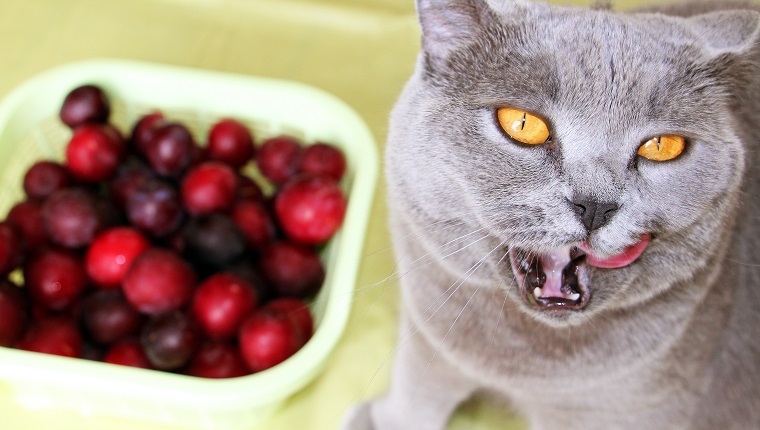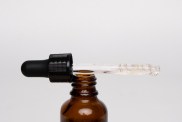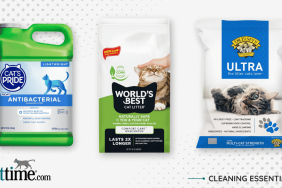Can cats eat plums? You might have wondered if you can share a bite with your cat while enjoying some fresh plums as part of a healthy and refreshing snack. If humans can eat plums, can cats also safely eat them?
The short answer is no, cats can’t safely eat plums. Most parts of the plum plant, including the seeds, are highly toxic to…









